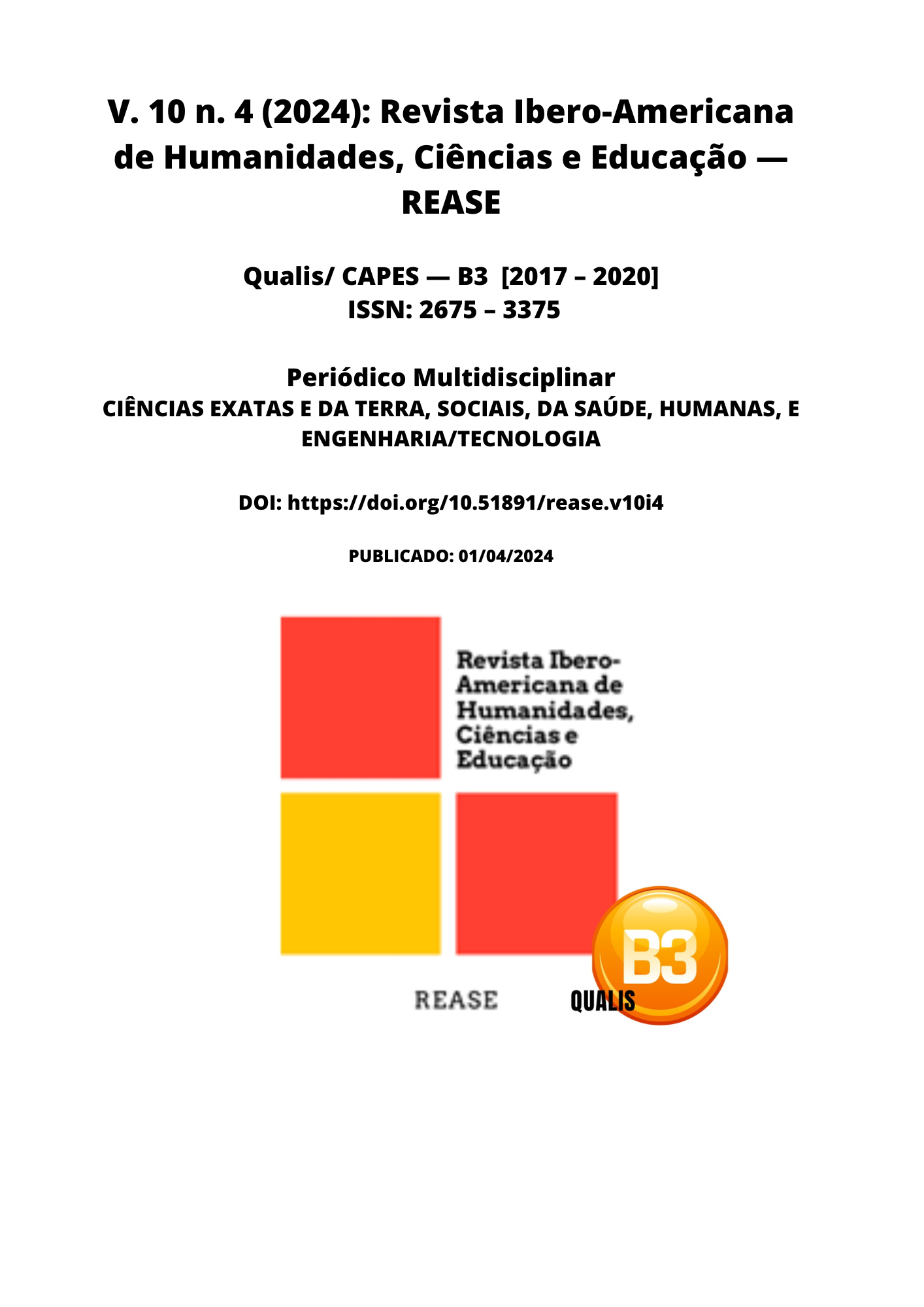CLINICAL MANIFESTATIONS AND SURGICAL APPROACH IN THE TREATMENT OF CONGENITAL HEART DISEASES
DOI:
https://doi.org/10.51891/rease.v10i4.13522Keywords:
Congenic cardiopatics. Clinical manifestations. Cardiac surgery. Treatment. Therapeutic approach.Abstract
Congenital heart diseases represent a spectrum of cardiac malformations present from birth, which can alter the structure and function of the heart and great vessels. Understanding these conditions is crucial, as they are among the main causes of infant morbidity and mortality. Historically, the treatment of these pathologies has been challenging, but significant advances have been achieved in recent decades, especially in the surgical approach. Objective: The objective of this systematic review was to evaluate the clinical manifestations and surgical approaches in the treatment of congenital heart diseases, based on evidence collected over the last ten years. Methodology: The methodology followed the PRISMA checklist, using the PubMed, Scielo, Web of Science databases. The descriptors used were “congenital heart disease”, “clinical manifestations”, “cardiac surgery”, “treatment” and “therapeutic approach”. Studies that addressed surgery as a treatment, published in English or Portuguese, and that presented clinical data and postoperative results were included. Articles without access to the full text, case reports and studies with samples smaller than 100 patients were excluded. Results: 15 studies were selected. The results pointed to a trend towards improvement in patients' survival and quality of life, with a reduction in postoperative complications. Minimally invasive surgical techniques and optimized perioperative management have been identified as key factors for these positive outcomes. Conclusion: The conclusion is that, despite the complexities inherent in the treatment of congenital heart diseases, advances in the surgical approach have provided encouraging results, with a significant impact on clinical practice and patient prognosis.
Downloads
Downloads
Published
How to Cite
Issue
Section
Categories
License
Atribuição CC BY

